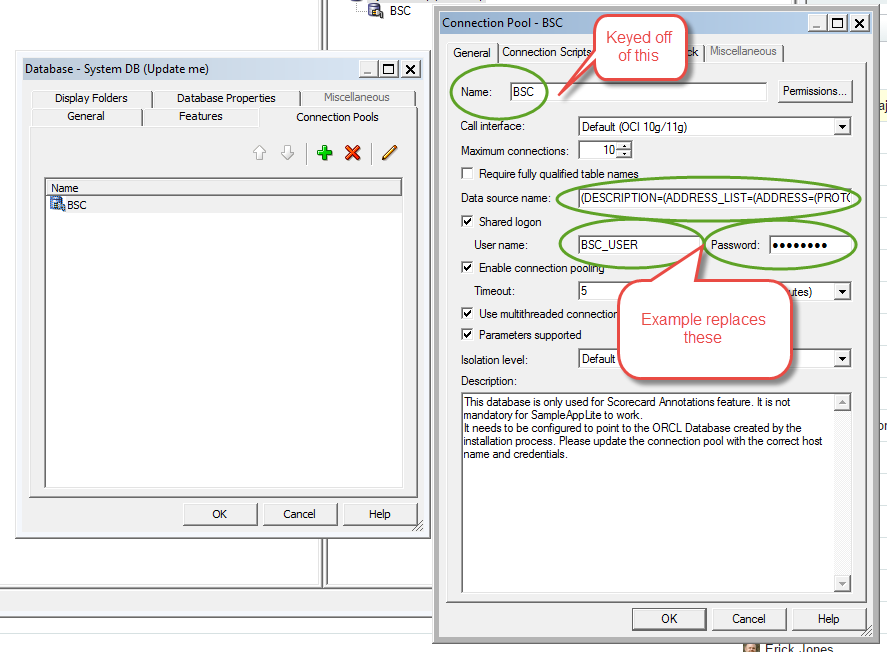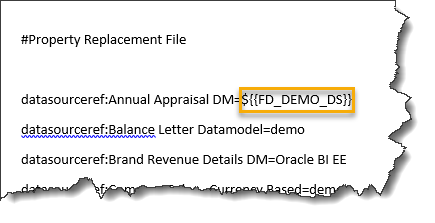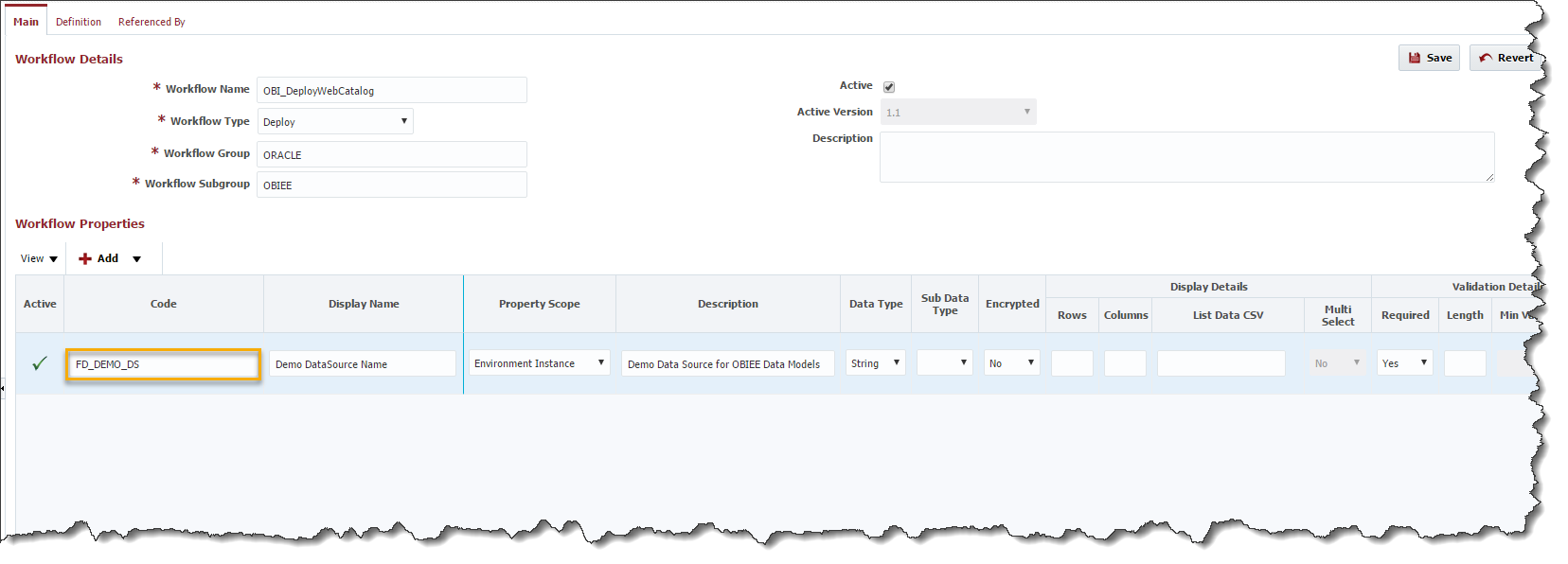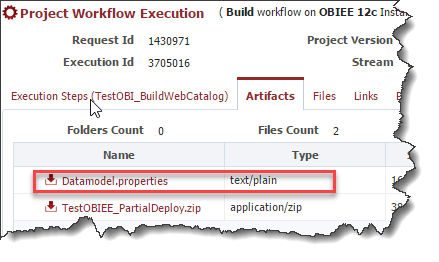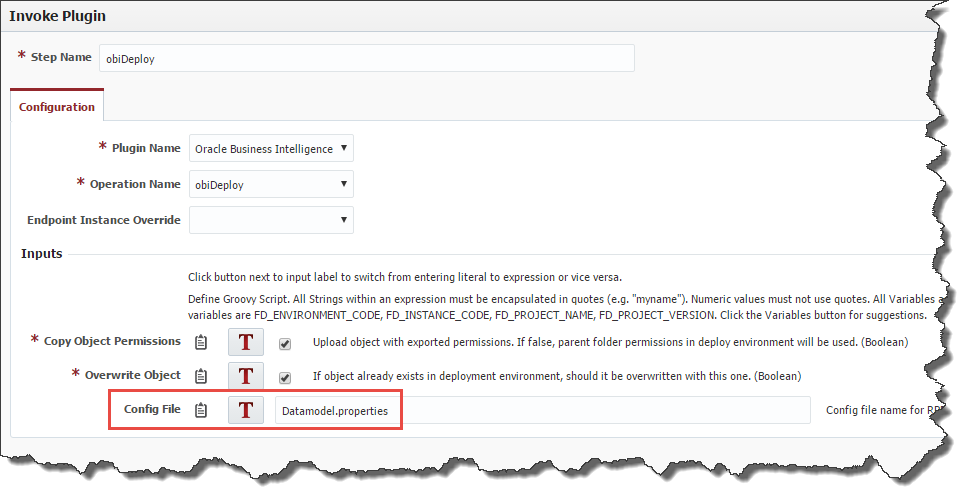RPD Configuration File Setup
Understanding the RPD configuration file
The RPD configuration file consists of information to replace variables, connection pool users, datasources and passwords within the RPD. An example file is below:
Make sure to remove any spaces from the strings or use environment instance property overrides like the example below as spaces will break the property file reader.
#Property Replacement File
# The format is
# What Type of Replacement:Name Key:Value
connectionpool_ds:BSC=${{OBI_BSC_DSN}}
connectionpool_user:BSC=${{OBI_BSC_USER}}
connectionpool_pass:BSC=${{OBI_BSC_PASSWORD}}
#You can also replace variable values like this:
#variable:name:value
variable:BI_EE_HOME=${{FD_ORACLE_BI_HOME}}
The Red text above is the property type. The property types in the table below are the available options to replace in the RPD.
| Property Type | Description |
|---|---|
| variable | Indicates this line is to replace an RPD variable value. |
| connectionpool_user | Indicates this line is to replace a connection pool user. |
| connectionpool_ds | Indicates this line is to replace a connection pool datasource. |
| connectionpool_pass | Indicates this line is to replace a connection pool password. |
The Green text above is the property key. In this case this will either be the variable name or the connection pool name which you want to edit.
The Purple text above is the value to be replaced as the datasource reference on deployment.
Using FlexDeploy properties in the configuration file
FlexDeploy properties can also be used in the configuration file as data source values. An example is seen below. Above, you can see the property used in the configuration file. Below, you can see the property defined on the FlexDeploy workflow used for deploying WebCatalog objects. And lastly, you can see it configured below on the environment instance. For more information on using FlexDeploy workflow properties, see Defining Workflow Properties.
Using an OBIEE configuration file in a workflow
In order for the deploy plugin operation to make use of a configuration file, the build operation must first export the config file from some form of source control management system. In the example below, we are going to bring in a config file from an SVN repository, during our build workflow. This property file will then be available in the deploy workflow. The properties are replaced during the deploy, so properties can be replaced with different value in each environment where the RPD or webcatalog are deployed. After performing the build with the above workflow and project configuration, we should see our config file in our artifacts repository in FlexDeploy. Note that because we did not specify a checkout folder in the project configuration or a target subfolder in the SaveArtifacts workflow step the config file is checked out directly under the Due to the fact there is no parent folder, we only need to specify the config file name to the deploy workflow. Had we set a checkout folder or target subfolder, we would need to put the parent folder in the deploy workflow input, such as %PARENTFOLDER%/Datamodel.propertiesFD_TEMP_DIR with no parent folder. The saveArtifacts operation picks it up from there by default.
- style
